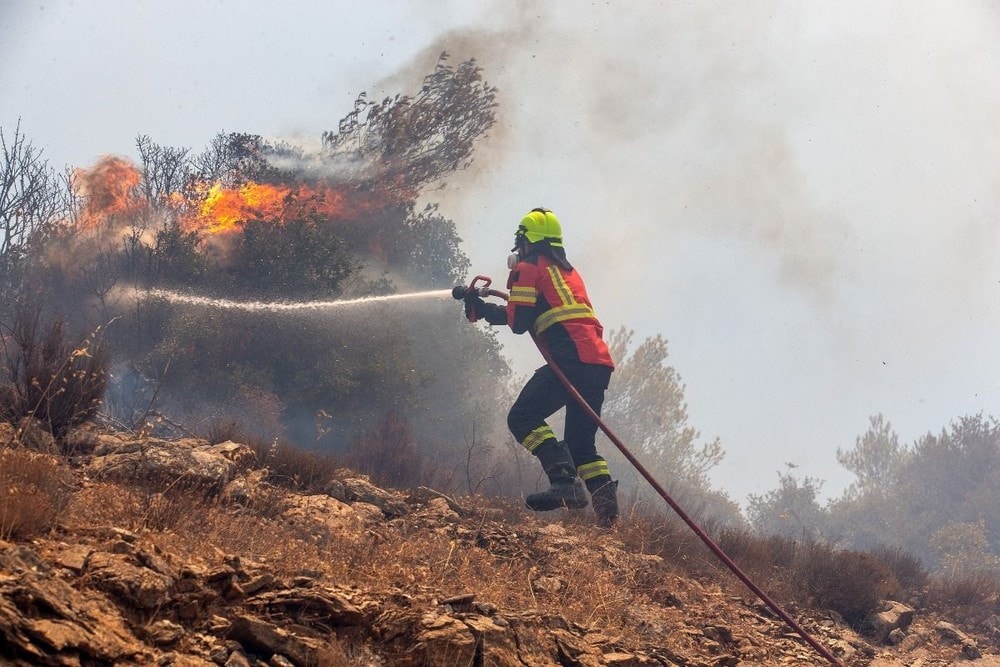Bolivia's defense minister said wildfires are spreading across the country, affecting 3.8 million hectares of forest and grassland.

On September 7, the Bolivian government declared a national state of emergency due to forest fires, and called on the international community to provide humanitarian and technical assistance to the people of this country as well as help deal with threats to the ecosystem.
Speaking at a press conference in the capital La Paz, Bolivian Defense Minister Edmundo Novillo said wildfires are spreading across the country, affecting 3.8 million hectares of forest and grassland.
The declaration of a national emergency came after authorities in the eastern provinces of Santa Cruz and northern Beni reported more than 70 wildfires and the fires were spreading rapidly.
Meanwhile, Minister of Environment and Water Resources Alan Lisperguer warned that the wildfires risked affecting the biodiversity of key areas such as the Noel Kempff Mercado National Park and the San Ignacio de Velasco and Conception reserves, all in Santa Cruz province. There are currently nearly 60 wildfires in this province alone.
On his social media account, Bolivian President Luis Arce announced that a team of Brazilian experts had arrived in the city of San Ignacio de Velasco to coordinate plans to prevent and contain the fires.
Brazilian experts will work from the Satellite Monitoring Center in San Ignacio and will be responsible for directing the Bolivian-Brazilian Joint Command.
Bolivia's cooperation plan with Brazil includes the construction of camps in the most affected areas, and will mobilize rescue forces to fight fires on the ground and in the air.
Chile will also send experts from the National Forestry Corporation (Conaf), including technicians specialized in firefighting operations. France will send a team of 80 firefighters to help fight the fire.
President Arce emphasized that at present, Bolivia is prioritizing mobilizing all resources to prevent the spread of forest fires and is in great need of support from the international community.
In the Southern Hemisphere, the peak wildfire season typically occurs in the second half of the year, especially in September when the weather is at its driest.
TB (according to VNA)